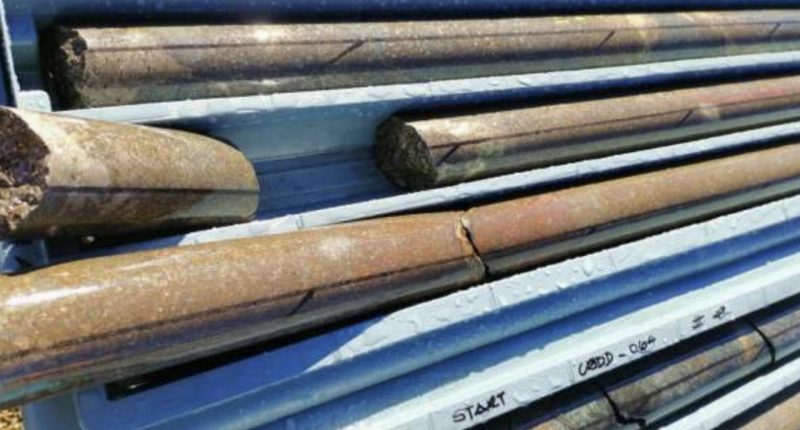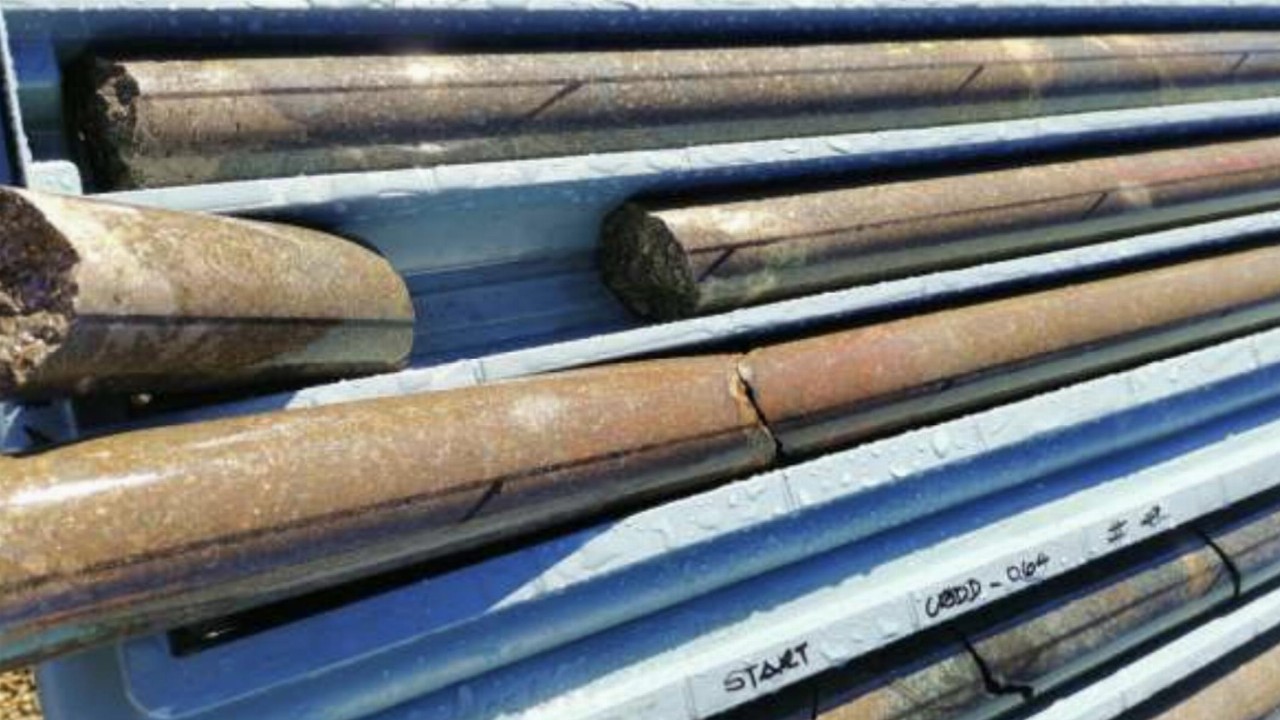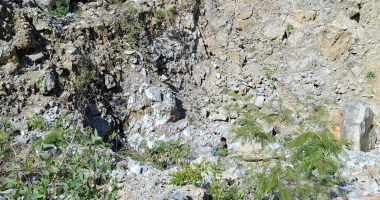- Estrella Resources (ESR) intersects massive nickel-copper sulphides beneath the Carr Boyd nickel mine in Western Australia
- Two broad zones of massive and semi-massive nickel-copper sulphide mineralisation were intersected by diamond drilling
- Estrella says the broad zones confirm the continuation of nickel-copper sulphides below old workings and coincide with a downhole electromagnetic response
- Logging and geochemical analysis by CSIRO is now being planned to follow up these results
- ESR shares last traded at 3.4 cents on January 21
Estrella Resources (ESR) has encountered massive nickel-copper sulphide mineralisation beneath the Carr Boyd nickel mine workings in Western Australia.
Two broad zones of massive and semi-massive nickel-copper sulphide mineralisation were intersected by diamond drilling.
The drilling struck 16.96 metres of massive and semi-massive nickel-copper-sulphur in the main zone from 193.9 metres, while the lower zone returned 12.91 metres semi-massive, matrix and disseminated nickel-copper-sulphur from 256.1 metres.
Estrella said the results would be followed up with logging and geochemical analysis by CSIRO to determine the Carr Boyd sulphide’s relationship to the T5 mineralisation found on the Basal Contact.
The intersection of the broad zones confirms the continuation of nickel-copper sulphides below the old workings and coincides with a downhole electromagnetic response, according to the company.
“While our focus is very much on drilling, we are also highly focused on determining the Carr Boyd sulphide’s relationship to the T5 mineralisation found on the Basal Contact,” Managing Director Chris Daws said.
“Through our ongoing work with the CSIRO, which includes logging and geochemical analysis, we are highly confident on determining this link which, if it exists, means a very exciting time ahead for investors as it is proof this large pool of sulphides may still exist at depth.”
ESR shares last traded at 3.4 cents on January 21.







